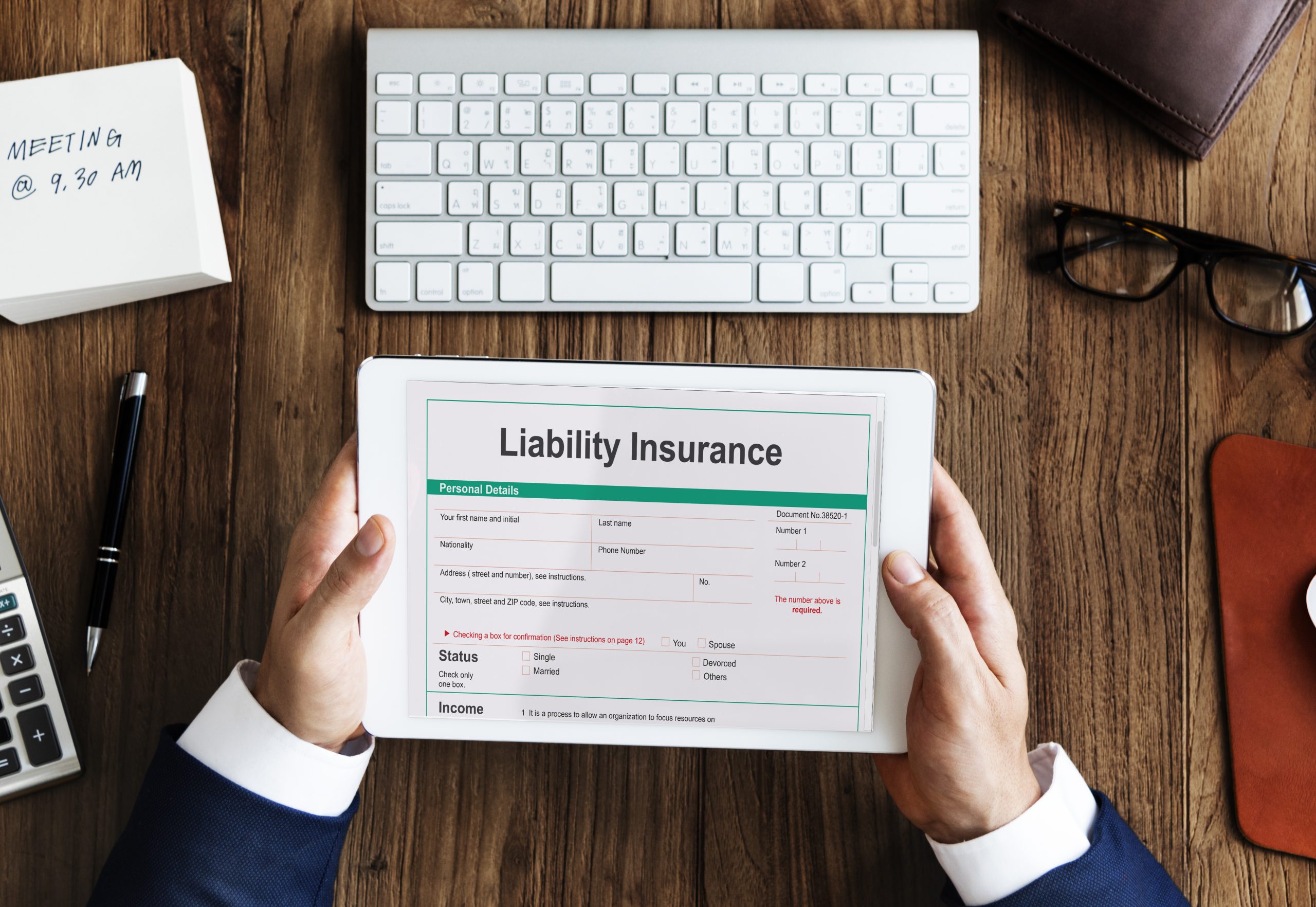- Resources
- Mastering the Challenge: Navigating Multi-Party Liability in Personal Injury Cases
Mastering the Challenge: Navigating Multi-Party Liability in Personal Injury Cases
May 29, 2024

In the complex world of personal injury law, cases related to multi-party liability present unique barriers for individuals seeking reimbursement and those defending against claims. Per our earlier blog on “Addressing Complexity: Handling Pre-existing Injuries in Personal Injury Claims,” precise preparation and strategic representation are vital for fulfilling legal battles.
Now, let’s delve into powerful techniques for dealing with multi-party legal responsibility in personal injury cases. Your role in this process is crucial, and a thorough foundation, guided by your expertise, can result in acceptable consequences.
Understanding of Multi-Party Liability: In a personal injury lawsuit, multi-party liability emerges where various parties are accountable for causing personal injury. These events would possibly include persons, corporations, governmental bodies, or other entities with a liability to ensure the individual’s well-being. The complexity of evaluating multi-party liability necessitates carefully examining each party’s actions and respective roles in personal injury.
Like adept management of pre-existing injuries, which demands exhaustive documentation and examination, addressing multi-party liability in personal injury cases necessitates meticulous preparation and strategic representation. By collecting evidence, engaging in inquiries, and seeking guidance from legal professionals, lawyers can pinpoint all potentially liable parties and assemble a persuasive argument against each one.
Determining Proximate Cause:
In personal injury cases involving multiple-party liability, plaintiffs must prove an immediate connection—i.e., the straight connection between the defendant’s actions and the plaintiff’s injuries. This frequently includes demonstrating that each defendant’s carelessness or improper actions added to the plaintiff’s injury in a noteworthy manner. Lawyers must thoroughly assess the incidents leading up to the accident and recognize each group’s part in causing the plaintiff’s injuries.
Comprehensive evidence-gathering is vital for establishing an immediate connection in personal injury cases involving multi-party liability. By collecting witness accounts, expert opinions, and other evidence, lawyers can build a coherent storyline of how each defendant’s actions contributed to the plaintiff’s wounds. This evidence strengthens the plaintiff’s case and raises the chance of acquiring reimbursement from all responsible parties.
Assessing Joint and Several Liability:
Respondents in personal injury cases are jointly and severally responsible for the plaintiff’s injuries in certain areas. This implies that each defendant can be independently responsible for the total sum of the plaintiff’s damages, no matter their proportionate share of fault. Given these legal standards, lawyers need to grasp the principles of joint and several liability and advocate efficaciously for their client’s rights.
Understanding joint and several liabilities is critical to maximizing recovery in personal injury lawsuits involving multi-party liability. By identifying all potentially liable parties and presenting compelling evidence of each party’s fault, lawyers can significantly increase the chances of obtaining damages from all responsible parties. This strategic approach ensures the plaintiff receives total compensation for their injuries.
Negotiating Settlements and Allocating Damages:
In personal injury cases encompassing multi-party liability, discussions for resolving can be intricate, as offenders may challenge their corresponding levels of faults and financial accountability. Lawyers must persistently discuss on behalf of their clients to secure fair and equitable agreements that reimburse the plaintiff entirely for their injuries. This might include distributing damages among numerous defendants based on their relative portion of fault.
Thorough preparation and strategic advocacy are essential for attaining beneficial agreements in personal injury cases encompassing multi-party liability. By presenting convincing evidence of each party’s blame and advocating proficiently for their client’s privileges, lawyers can discuss agreements that compensate the plaintiff entirely for their injuries. This calculated strategy aids in bypassing drawn-out prosecution and guarantees a timely conclusion.
Conclusion:
Successfully managing multi-party liability among multiple parties in personal injury lawsuits necessitates careful planning, strategic representation, and a comprehensive grasp of joint and several liability concepts. By utilizing successful approaches and advocating strongly for their clients, lawyers can navigate the intricacies of multi-party legal battles and attain positive results.
All Categories
- Agile Legal Support (1)
- Case Law (88)
- Case Studies (6)
- Demand Letter (14)
- Deposition Summaries (11)
- Legal Outsourcing (3)
- Legal Research (72)
- Marketing (1)
- Medical Summaries (14)
- Others (4)
- Personal Injury (54)
- Virtual Assistant (59)
- Virtual Paralegal (2)
Related Blogs




